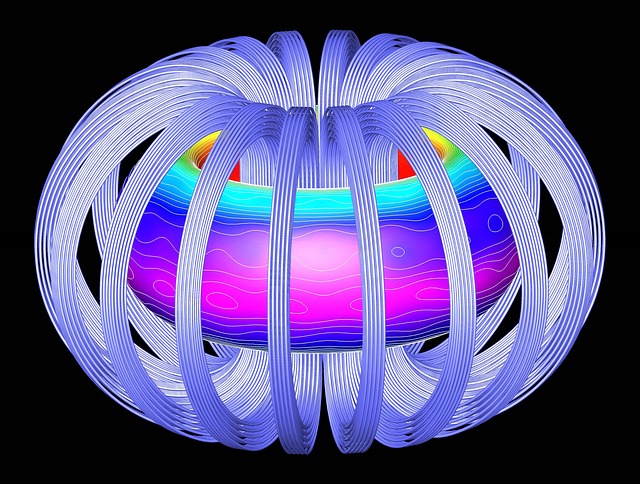
Perovskites are a group of minerals capable of harvesting energy from one or two types of sources one at a time. One type may be capable of generating electricity from the sun (referred to as photovoltaic) while another may be capable of harnessing energy from changes in pressure or temperature that result in motion. A material that can generate energy from a change in pressure is said to be piezoelectric while a material that can harness energy from heat is said to be pyroelectric.
These types of minerals are no doubt beneficial. The problem is, one type of energy source is rarely sufficient because it’s never available all the time. Sometimes, the sun isn’t out (which means no solar energy). At other times, for whatever reason, you have to remain still (meaning, no movement). To get around this, generating energy from multiple sources should be possible. But then, this will necessitate the addition of other materials. And when it comes to small devices, this will prove to be counterproductive because more materials mean the device will become heavier, bulkier and less easy to carry around.
In a recent study published in the journal Applied Physics Letter, a group of researchers from Finland’s University of Oulu led by Dr. Yang Bai announced the discovery of a solution that can potentially put an end to this energy-source dilemma. They are referring to KBNNO — a perovskite that shows it is capable of simultaneously harnessing energy from several sources.
Like all other perovskites, KBNNO is ferroelectric, meaning, it is riddled with tiny electric dipoles with positive charges on one end and negative charges on the other. When temperature changes, the dipoles tend to misalign, and this creates an electric current. Deforming the material which causes some regions to repel or attract charges results in electric current generation as well.
While KBNNO’s ferroelectric and photovoltaic properties have been studied before, it was only done at temperatures below freezing, and there was no special focus on KBNNO’s pyroelectric and piezoelectric properties. Bai’s group is the first to evaluate all four properties (ferroelectric, photovoltaic, pyroelectric and piezoelectric) simultaneously, with the observation being done above room temperature.
The findings suggest that KBNNO is photovoltaic, piezoelectric and pyroelectric. And while its piezoelectric and pyroelectric properties are not as strong as other perovskites, not yet at least, the great news is — there’s a way to amplify those properties so they can reach their maximum capabilities.
The team is now focusing on developing a ‘multi-energy harvesting device’ that can easily be commercialized once a working prototype is built. If successful, the new discovery will not only eliminate the need for batteries in smartphones and smaller gadgets which currently rely on lithium ion variants, but as Dr. Bai said, will also “push the development of the Internet of Things and smart cities, where power-consuming sensors and devices can be energy sustainable.”

Leave a Reply